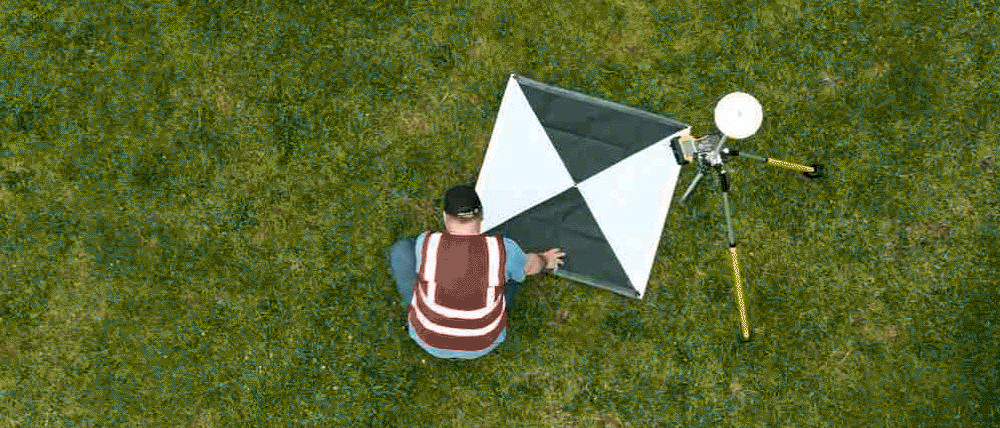AI navigation is at the core of a technological revolution in aviation. From enabling drones to fly without GPS to assisting pilots in complex cockpits and managing congested airspace, AI navigation is redefining how we understand and control aerial movement. This shift is not just a technical enhancement — it marks a new chapter in the evolution of flight.
GPS-Free Flight: AI Navigation for Autonomous UAVs
One of the most groundbreaking applications of AI navigation lies in enabling unmanned aerial vehicles (UAVs) to operate in environments where GPS is either unreliable or completely denied. This is especially critical during natural disasters, military missions, or in regions with electromagnetic interference.
Bavovna.ai has developed an advanced AI navigation system that serves as a powerful GPS alternative. By fusing data from multiple onboard sensors and processing it with machine learning and deep learning models, their solution allows UAVs to navigate independently. It’s designed to function reliably even in hostile or GPS-denied conditions.
For instance, the Aurelia X6 Max multicopter demonstrated flawless autonomous return-to-home capability without relying on GPS, remote control, or external communication — with a positioning error of only 0.5% across distances up to 48 kilometers. This AI navigation system unlocks potential in surveillance, reconnaissance, and autonomous security patrols in previously inaccessible areas.
AI Navigation in the Cockpit: Smarter, Safer Flying
Modern flight decks can overwhelm pilots with streams of data, alerts, and constant monitoring. AI navigation tools are now emerging as digital copilots, helping to enhance safety and reduce pilot workload.
A notable innovation is Air-Guardian, developed at MIT’s CSAIL. This AI navigation system leverages eye-tracking sensors to detect pilot distraction and uses saliency maps to monitor flight-critical data. Powered by neural networks, it can assess situations in real time and take control if necessary.
In test environments, Air-Guardian significantly lowered the risk of pilot error, proving that AI navigation doesn’t just support pilots — it augments their situational awareness and decision-making. As such technologies advance, AI navigation is becoming an indispensable part of the modern cockpit.
Managing the Skies: AI Navigation for Air Traffic Control
Air traffic management faces constant pressure from increasing flight volume and unpredictable weather. Here too, AI navigation is offering powerful tools to optimize airspace usage and reduce delays.
The ASTRA project, led by the University of Malta and supported by the European Union, exemplifies this trend. Using AI navigation models trained on extensive historical data from EUROCONTROL, ASTRA can predict air traffic congestion hotspots up to 60 minutes ahead of time. This allows controllers to proactively reroute aircraft and balance traffic flows.
The results: smoother operations, fewer delays, less fuel consumption, and lower carbon emissions. AI navigation systems like ASTRA are setting a new standard for efficiency and environmental responsibility in aviation.
The Future of AI Navigation in Aviation
AI navigation is no longer just an experimental technology — it’s becoming the backbone of future aviation. Whether enabling drones to fly autonomously, assisting pilots in high-pressure environments, or guiding air traffic with precision, AI navigation is reshaping flight from every angle.
Future developments will likely focus on real-time data fusion, adaptive navigation algorithms, and predictive analytics. These innovations will drive improvements in safety, operational efficiency, and environmental impact.
In essence, AI navigation is opening the skies to possibilities once limited to science fiction. With intelligent systems guiding aircraft, the boundaries of what’s possible in aviation are being redefined — and the journey has only just begun.




